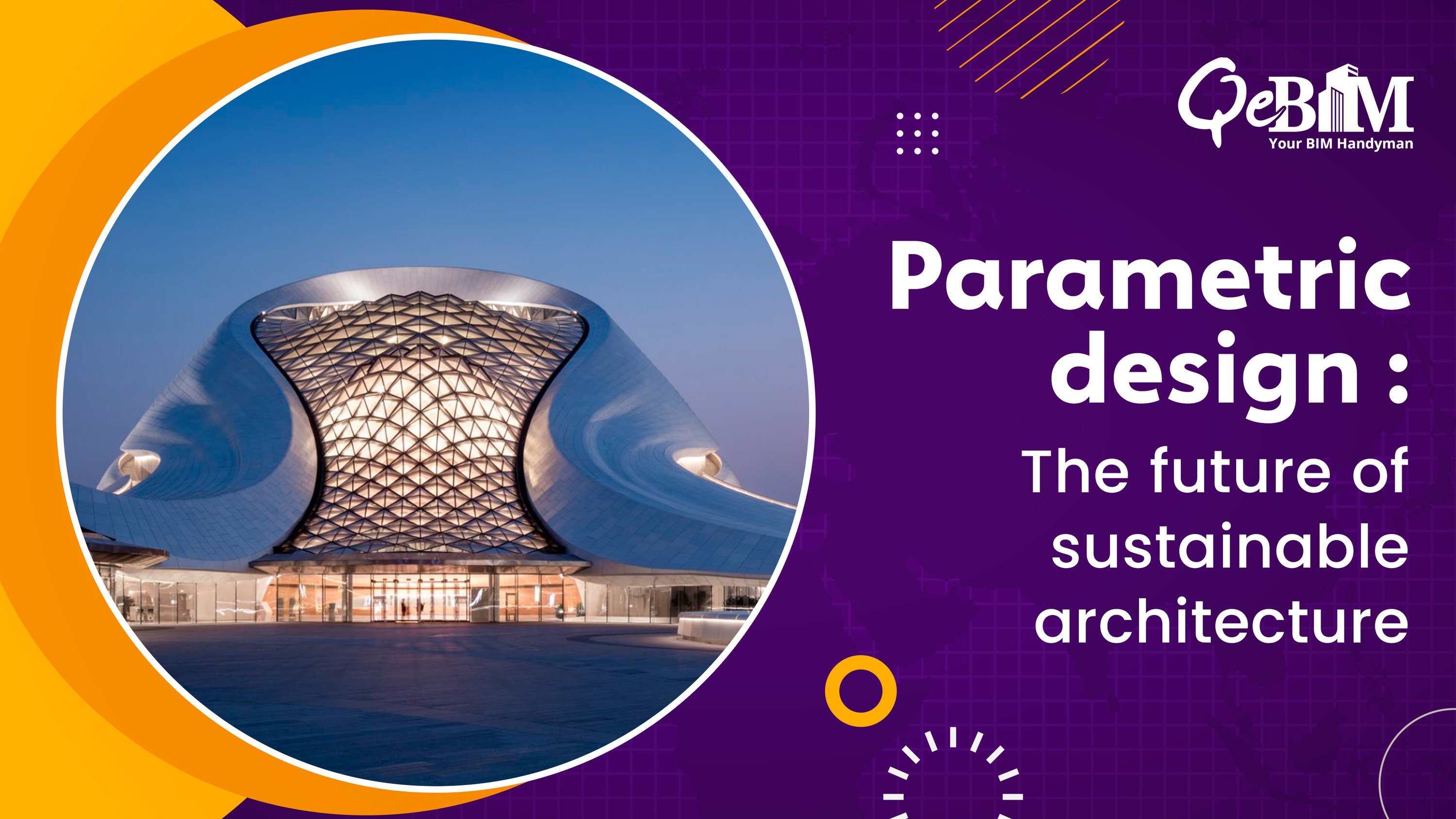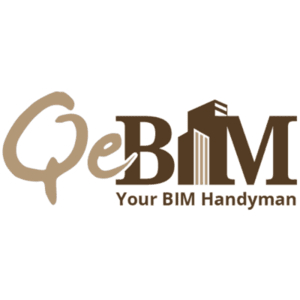Parametric design: The future of sustainable architecture

Introduction
Building Information Modelling (BIM) has become a game-changer in the rapidly developing field of architecture, profoundly affecting the design and construction process. The architectural business is undergoing a paradigm change as architects grasp the possibilities of parametric design and the benefits of Architectural BIM Services. In this blog, we will examine how parametric design in BIM is changing the discipline of architecture and provide evidence to support our arguments.
Understanding BIM and Parametric Design
It's crucial to understand the core ideas before delving into how BIM affects parametric design.
Building Information Modelling (BIM) is a sophisticated 3D model-based method that provides a thorough understanding of a building's structural and functional details. It entails the production and administration of digital representations of a structure's structural elements and functional elements. Geometry, time, cost, and even sustainability statistics are all included in BIM.
Contrarily, parametric design is a cutting-edge method that enables architects to produce intricate, dynamic designs using logical principles and algorithms. This technique offers unmatched creative flexibility and optimization by allowing the exploration of countless design iterations depending on changing factors.
Let's now examine the beneficial interaction between parametric design and BIM and how it is altering the architectural scene.
1. Improved Communication and Collaboration
Throughout the course of a project, construction workers, architects, engineers, and stakeholders may collaborate effectively thanks to BIM. The communication disparity among teams is closed by including parametric design in BIM systems. All stakeholders can rapidly discuss and comprehend modifications and improvements to the design, reducing mistakes and revisions.
2. Time and Cost Savings
The design process is streamlined by the use of parametric design and BIM, which cuts down on the time needed for iterative design revisions. Rapid decision-making is made possible by automated processes and data-rich models, which eliminate the requirement for extraneous design chores.
3. Ecologically Sound Design Options
Architects may easily investigate sustainable design possibilities thanks to parametric design combined with BIM. Real-time environmental data analysis enables the improvement of building performance, energy effectiveness, and resource utilization, supporting greener building techniques. According to research in the Journal of Building Engineering, BIM-integrated parametric design might reduce building energy use by 40% when juxtaposed with conventional design techniques.
4. Complex Geometry and Aesthetics
Intricate and distinctive architectural designs that were formerly thought to be impractical may now be made by architects thanks to parametric design. BIM makes ensuring that these intricate geometries can be smoothly shared with fabricators and contractors, preventing problems during construction.
5. Enhancing Facility Management
BIM and parametric design work together to create information-rich models that are crucial for the building's operational phase. Facility managers may obtain crucial information for upkeep, asset management, and upcoming upgrades, improving the performance and durability of the property. The cost of incorrect facility management practices to the American industry is estimated by the National Institute of Standards and Technology (NIST) to be over $15.8 billion a year. Parametric models linked with BIM can greatly save these expenditures.
6. Prefabrication and Modular Construction
For prefabrication and modular building methods, BIM-integrated parametric design serves as a game-changer. The development of exact fabrication data is made possible by the intricate 3D models created by BIM, which streamlines the manufacturing of pre-fabricated building components. In addition to improving the end product's performance and precision, this also cuts down on material waste and on-site time for assembly.
7. Integration of Augmented Reality (AR) and Virtual Reality (VR)
Technology developments have integrated VR and AR into the architectural workflow. Architects may place themselves and their customer base in lifelike virtual settings by fusing BIM models with VR and AR technologies. Before building begins, this immersive experience enables stakeholders to better comprehend the design purpose, spot possible problems, and offer insightful input. It improves decision-making and guarantees that the ultimate design aligns perfectly with the client's vision.
8. Construction Automation
A more automated building process is made possible by BIM integration with parametric design. Robotics and computer-controlled technology may be used to effectively create and assemble parametric design-generated components on-site, decreasing the need for manual labor and cutting down on building time.
Conclusion
As a result, the combination of BIM and parametric design is revolutionizing the field of architecture and presenting previously unimaginable prospects for sustainability, innovation, and cooperation. The built environment is set to experience a significant transition as architects and industry experts keep taking advantage of the potential of BIM Services.
Statistics that support the advantages of BIM-integrated parametric design make it clear that adopting this dynamic pair is essential for the foreseeable future of architecture. The prospects for even larger breakthroughs as technology develops further are boundless, offering possibilities for an architectural landscape that is more effective, sustainable, and breathtaking.












